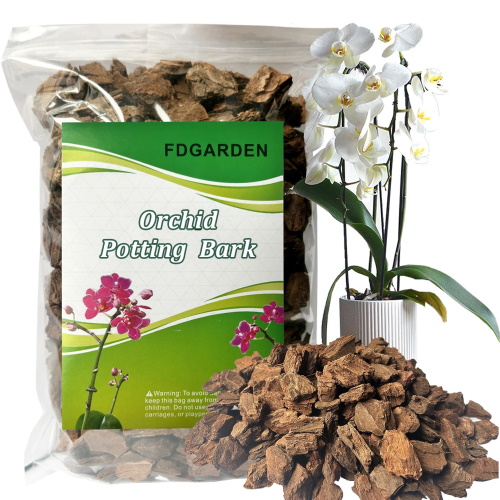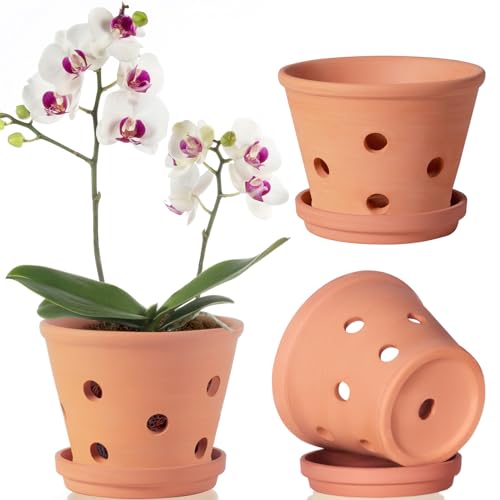Love orchids but can't keep them alive? Experts say these are the 5 easiest orchids to grow
Even the novice gardener will get along just fine with these exotic beauties
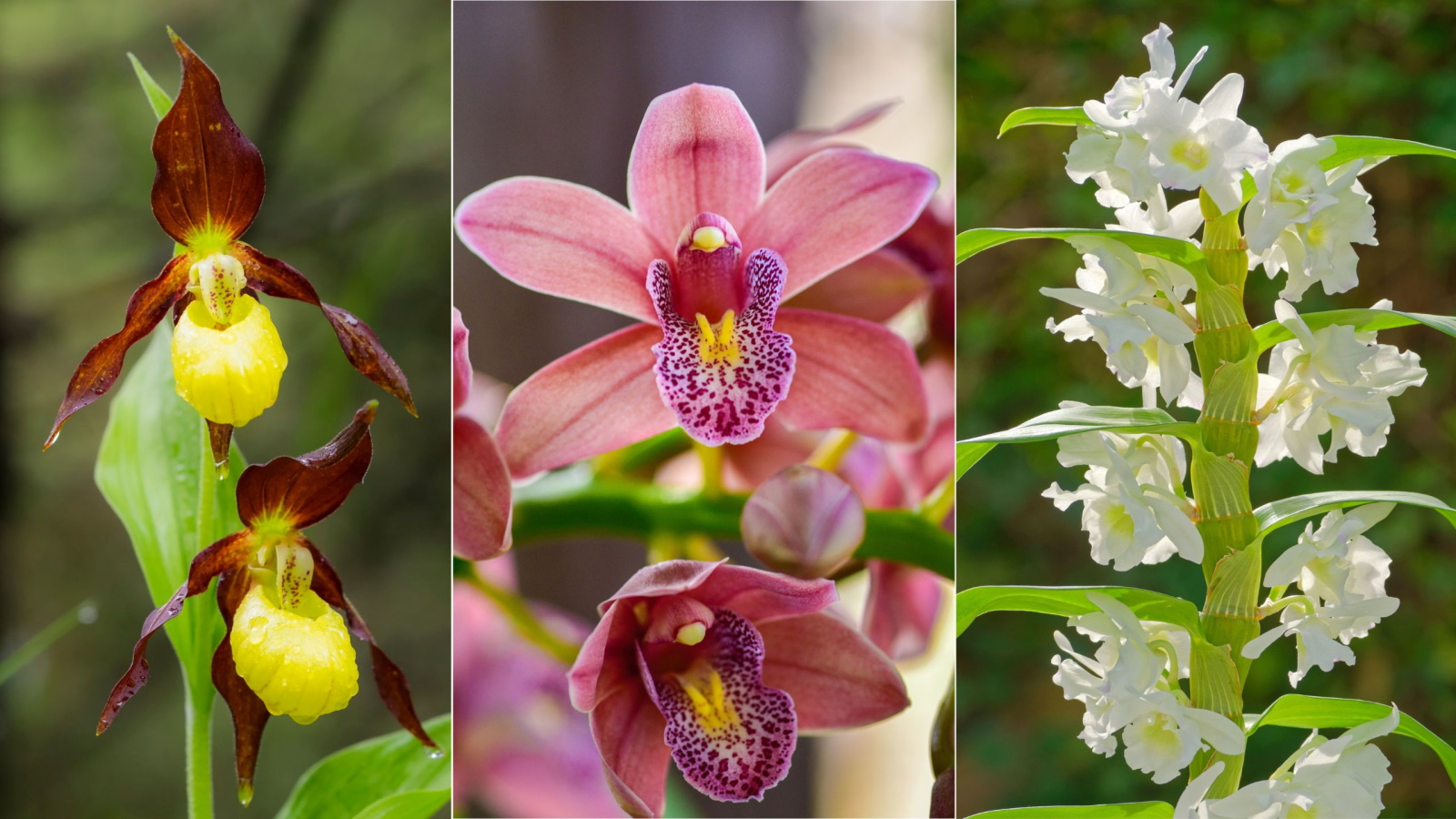

It doesn't matter whether you're brand new to gardening or you've been an avid grower for decades, there are just some plants everyone has a slight fear of growing. Orchids are one of them. It's understandable, too, as these fussy houseplants can be incredibly easy to kill.
But, what if I told you there are some orchids easier to grow than others? Of course, you can't get away with neglecting them entirely, but the most basic orchid care will keep them going. The best thing about the easiest orchids to grow is there are so many unique types to choose from.
You likely haven't heard of the majority of these types of orchids, either, but they all bring an exotic touch to interiors. Plus, some can even be grown outdoors. Here, I've put together a list of the easiest orchids to grow, as recommended by plant experts.
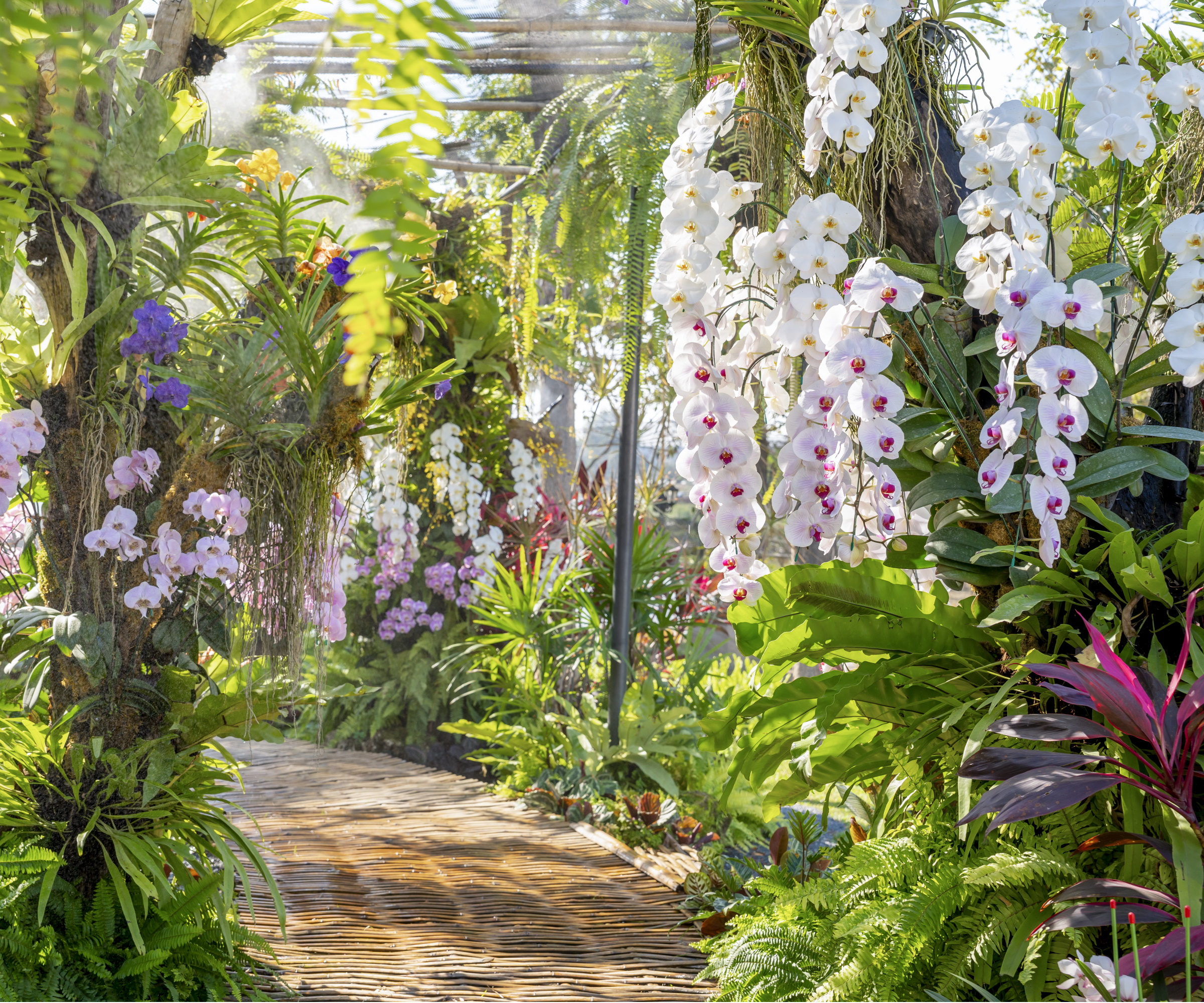
5 of the easiest orchids to grow
I've had my fair share of orchid causalities among my large houseplant collection, which is why I got so excited to discover just how many gorgeous easy orchids there are. Here are some top picks you'll also fall in love with:
1. Moth orchid
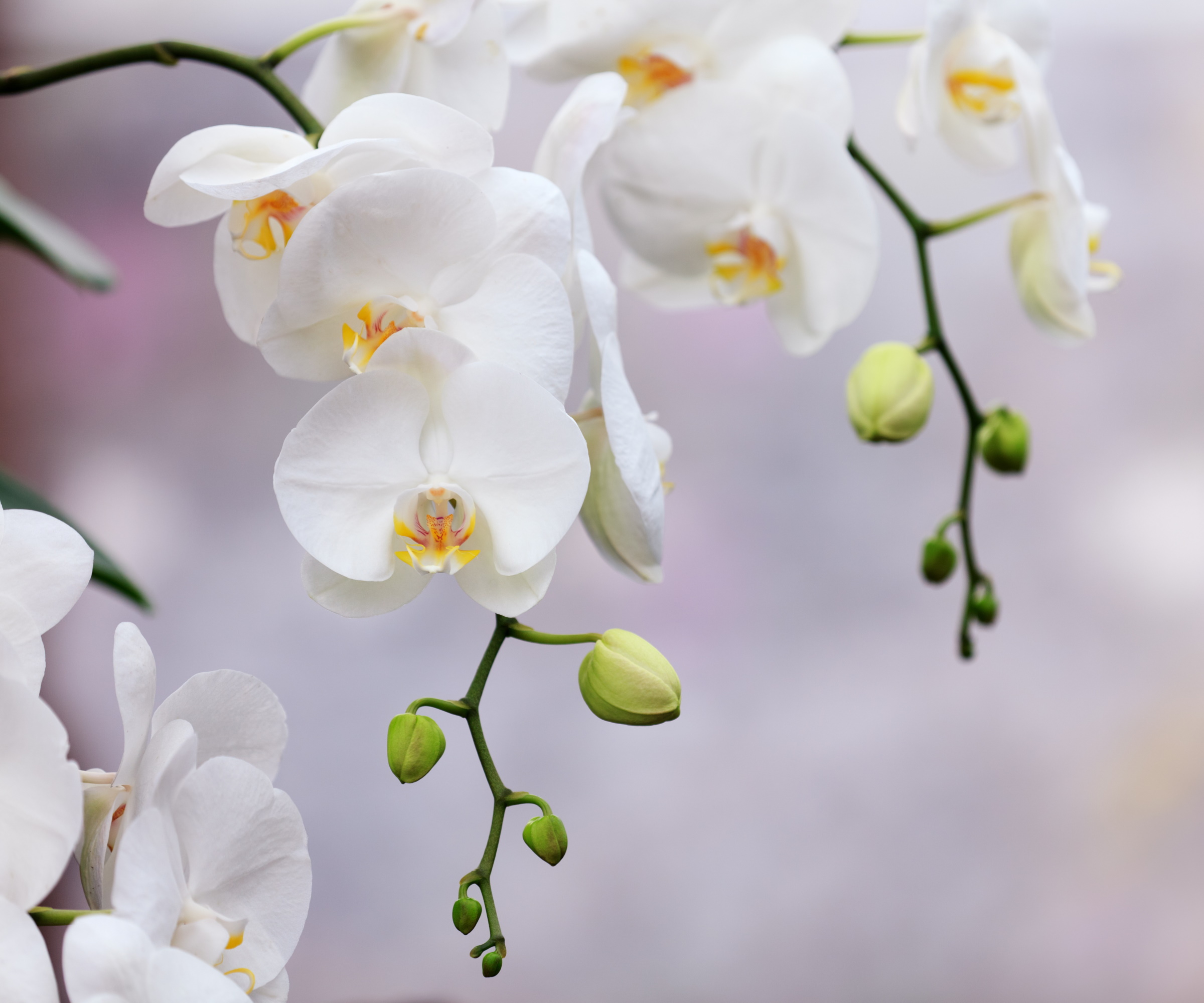
The Phalaenopsis orchid, or moth orchid, is likely the flower you think of when you first think of these indoor flowering plants. It's a classic choice and they're actually a lot easier to keep happy than the tricky reputation they've been given.
'Moth orchids are easy to care for and grow indoors,' says Virginia Hayes, orchid expert at Westerlay Orchids. 'To maintain your orchid growth, we have a few tips to ensure they stay lively,' she adds.
Among Westerlay Orchids' tips is to water orchids correctly. This is perhaps the reason so many indoor gardeners struggle with them, including myself in the past. However, there is a very easy way to understand when to water your orchid:
'If the roots are green and the bark is dark and moist, watering can wait a few more days,' says Virginia. 'If the roots look grey and the bark is dry, it's time to water,' she adds.
I also like to use this soil moisture meter from Amazon to monitor moisture levels for all of my houseplants, including orchids.
Although it's fairly easy to keep moth orchids happy once you understand their optimal growing environment, you might notice your orchid stem turning yellow or orchid flowers fall off if you need to adjust their growing conditions.

Virginia Hayes' floral background started in 1999 importing and exporting floral products from offices worldwide. Holding over 24 years of experience, Virginia is widely respected in the floral industry for both her design skills and business knowledge. With interior plant design at her fingertips, Virginia’ eye for floral arrangements and keeping them thriving is always top priority.
2. Reed orchid
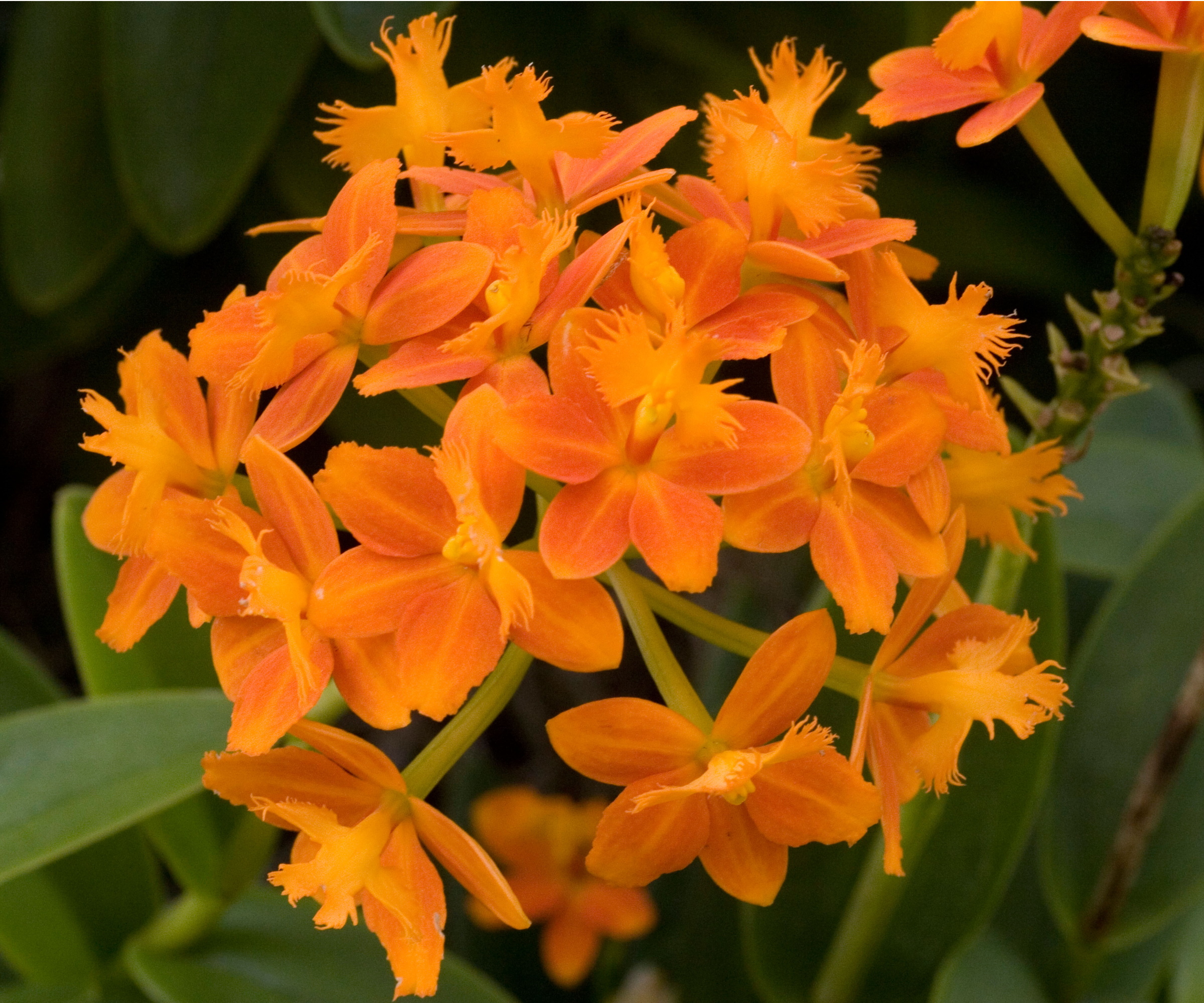
The reed orchid (Epidendrum radicans) is a special orchid that grows in spherical clusters. It also comes in a wide range of colors, although the beautiful red-orange hue pictured above is often the most common.
'These orchids should be grown in a well-draining mix containing pumice and bark,' says Julie Bawden-Davis, indoor plant expert at Healthy Houseplants. This orchid bark from Perfect Plants Nursery would work well for reed orchids.
These vibrant blooms are considered one of the easiest orchids to grow because of their ability to adapt to different growing environments; reed orchids can grow as indoor low-light plants and outdoors in full sun (across US hardiness zone eight to zone 11).
They are also low-maintenance, drought-tolerant plants once mature, so you can get away with watering every couple of weeks. Of course, you should increase your watering frequency in the warmer seasons.

Julie Bawden-Davis is a garden author and University of California Certified Master Gardener, who has written several gardening books, including Indoor Gardening The Organic Way. In addition to running HealthyHouseplants.com, she shares indoor gardening advice on her YouTube channel @HealthyHouseplants.
3. Slipper orchid
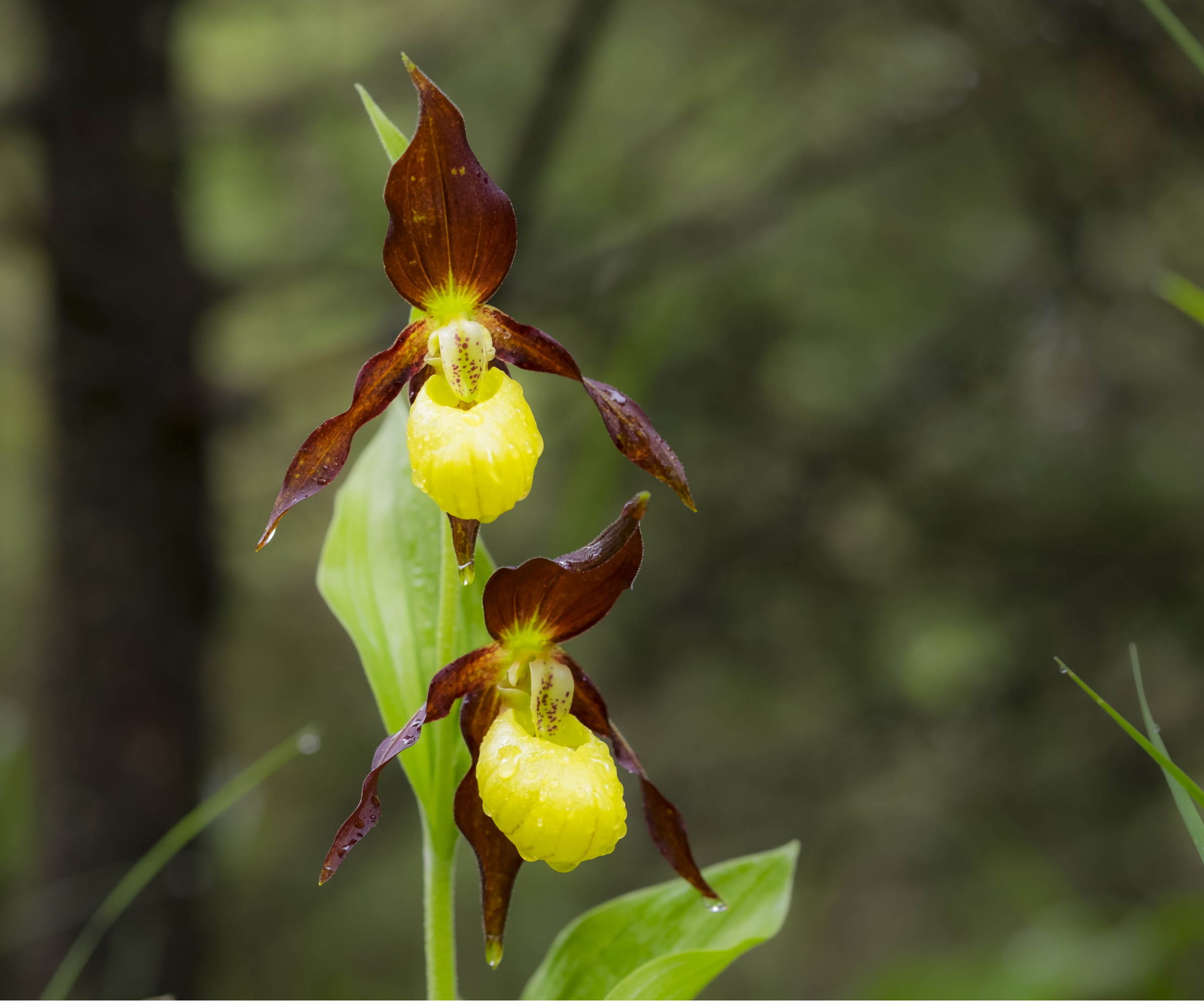
For gardeners with a tropical garden in a warmer climate, the slipper orchid, or Paphiopedilum, is a must. Its common name comes from its unique shape, where the bottom petal is reminiscent of slippers. They also grow in many dual-tone colors, from red and yellow to pink and white.
'This orchid grows in low light, which also makes it perfect for many indoor gardens,' Julie notes. 'Grow in an eastern window or a southern window shaded by a window covering,' she advises.
These orchids are native to tropical Asian rainforests, where they experience dappled sunlight beneath the canopies of trees. This is why, as Julie notes, you may want to use sheer curtains (from Wayfair) when growing this orchid on a sunny windowsill.
'Plant in orchid bark, which should be kept moist but not overly wet,' Julie says.
Like other tropical indoor plants, it can also be useful to grow this orchid on a pebble tray (from Amazon) to increase humidity for indoor plants.
Shop orchid care essentials
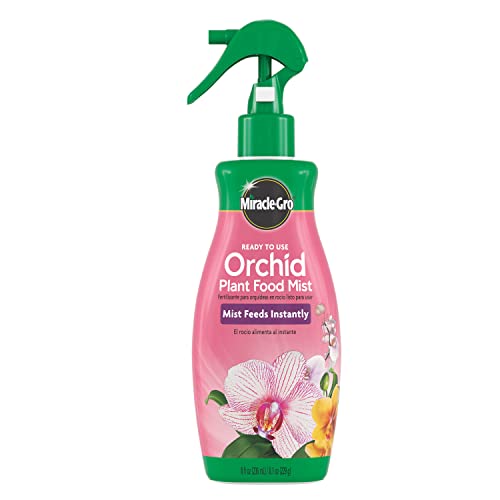
This Miracle-Gro orchid plant food is a specially formulated plant food for all types of indoor orchids.
4. Boat orchid
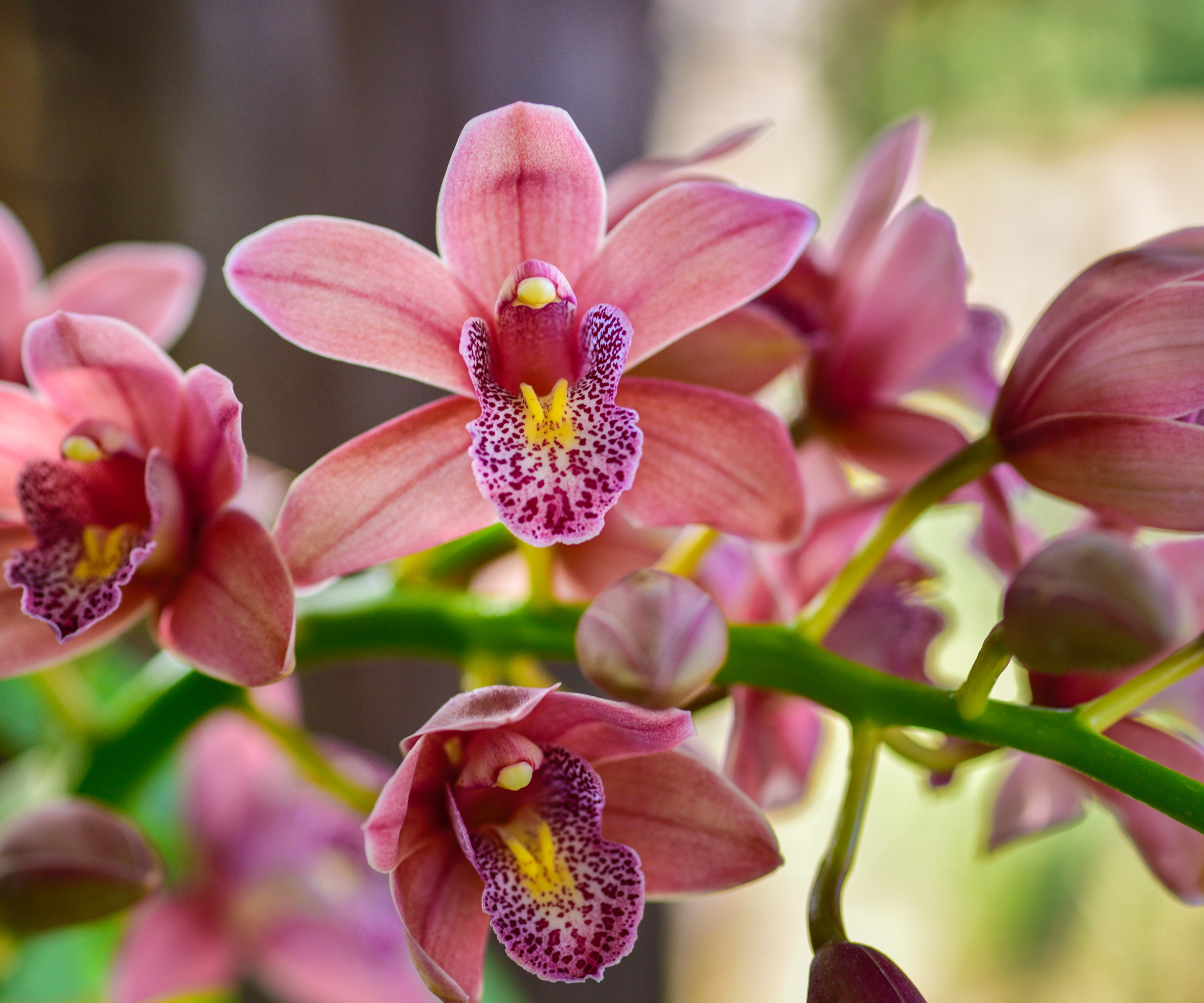
Boat orchids (Cymbidiums) are easily mistaken with moth orchids, but you can tell them apart by the pointed shape of boat orchids' petals. They also have a longer labellum, or central petal, which gives them their common name.
'Cymbidiums are very easy to grow, providing you don’t over-care for them. They thrive on a bit of neglect,' Julie says.
These low-maintenance indoor plants can be left alone much more than moth orchids can. However, you do need to ensure they receive some essential care:
'Grow boat orchid in a loamy, well-draining potting mix that should be kept moist but not soggy. Provide medium light indoors, such as from an eastern window,' Julie advises.
Boat orchids can also be grown outdoors in US hardiness zone 10+. You can also try growing these orchids in the warmer environment of a greenhouse.
5. Dendrobium orchid
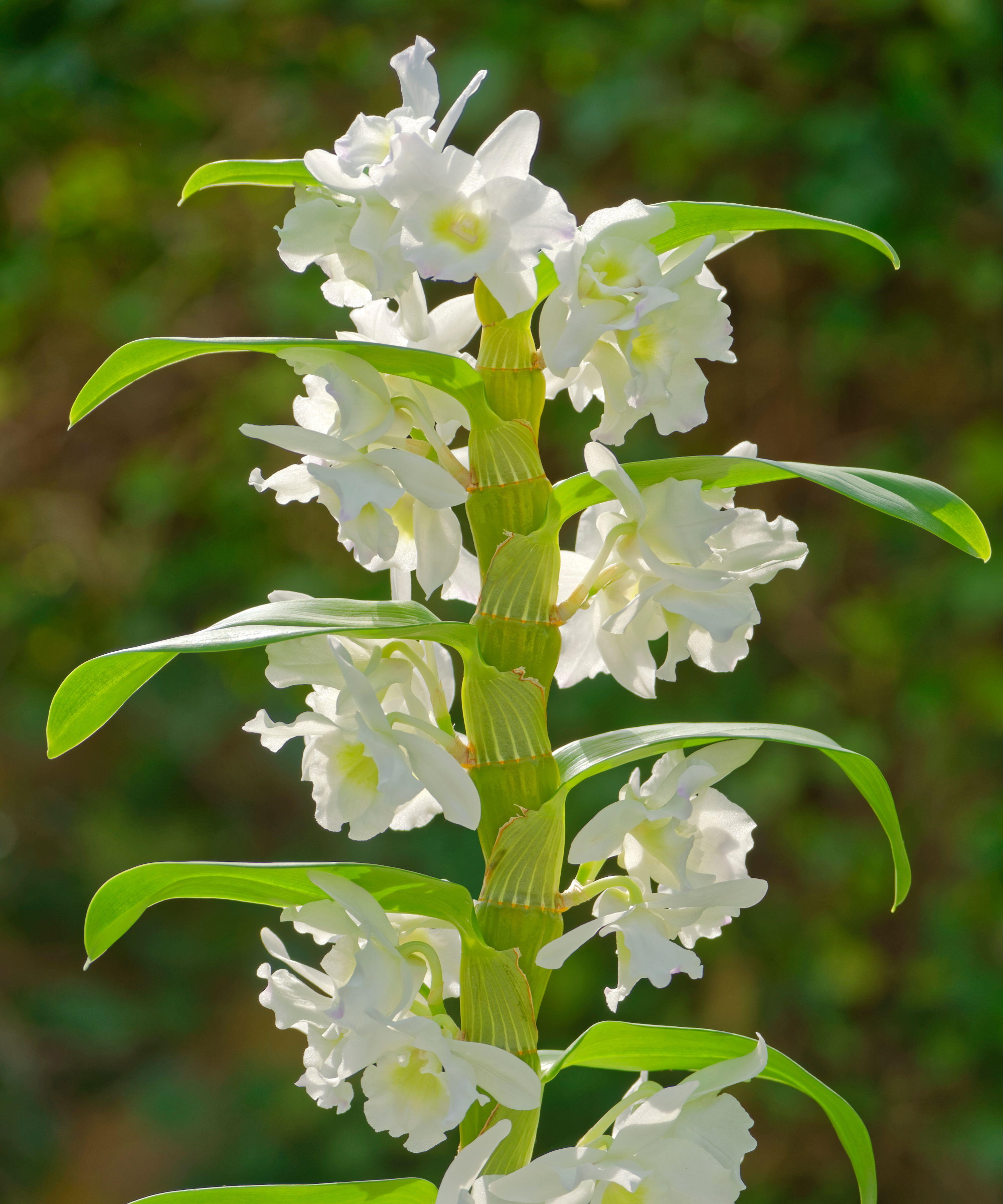
I've left the best of the easiest orchids to grow for last - dendrobiums. This is a showstopper genus of orchids, growing on tall stems in nearly every color you can think of.
'They prefer to be rootbound and you want to provide bright light by growing in a southern exposure window,' advises Julie.
Dendrobium orchids are native to tropical and sub-tropical regions of Asia, many Pacific Islands and Australia. They can be grown outdoors, but only in US hardiness zone 10+. They need lots of warmth, making a south-facing garden position ideal.
Julie advises growing them in the warmest part of the home, whether that's as a kitchen plant or bedroom plant. However, it isn't wise to use dendrobiums in an orchid terrarium because of their taller height.
The spray of flowers coming from the central stem also makes these orchids a good choice for a table centerpiece or flower arrangement.
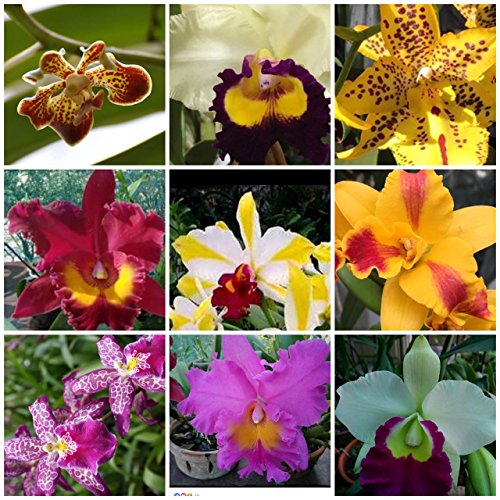
This pack of 5 live orchids is a deal too good to refuse. You will receive a dendrobium, cattleya, oncidium, vanda and moth orchid - all straightforward varieties to care for.
FAQs
How do you get an orchid to bloom for longer?
There are lots of things you can do to get an orchid to bloom for longer. This includes giving optimal care, such as bright light, moderate watering and a boost of fertilizer. However, be aware that each type of orchid will have slightly different growing requirements. As well as this, orchids have a flowering cycle which includes a dormant season. You won't see much growth during this time, but it doesn't mean your orchid is dying.
Even though these are some of the easiest orchids to grow, it doesn't mean you can just ignore them. Every plant, including orchids, needs to receive optimal care to thrive. However, this selection of orchids is more low-maintenance than other types. If you find your orchid is struggling, don't be too quick to give up. I was able to bring my orchid back to life after years of no blooms just by persevering with optimal care.
Sign up to the Homes & Gardens newsletter
Design expertise in your inbox – from inspiring decorating ideas and beautiful celebrity homes to practical gardening advice and shopping round-ups.

Tenielle is a Gardens News Writer at Homes & Gardens. She holds a qualification in MA Magazine Journalism and has over six years of journalistic experience. Before coming to Homes & Gardens, Tenielle was in the editorial department at the Royal Horticultural Society and worked on The Garden magazine. As our in-house houseplant expert, Tenielle writes on a range of solutions to houseplant problems, as well as other 'how to' guides, inspiring garden projects, and the latest gardening news. When she isn't writing, Tenielle can be found propagating her ever-growing collection of indoor plants, helping others overcome common houseplant pests and diseases, volunteering at a local gardening club, and attending gardening workshops, like a composting masterclass.
-
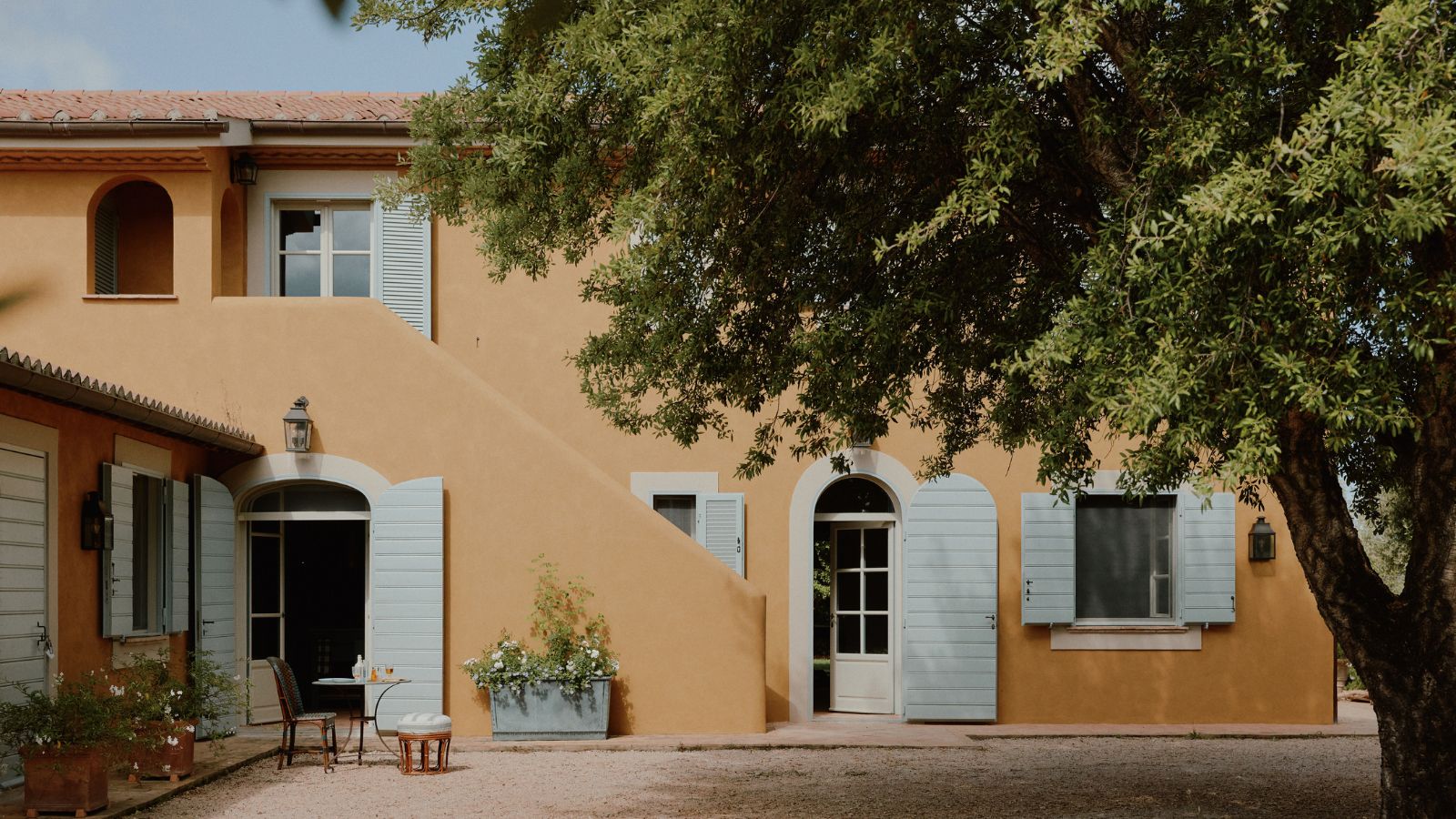 How a British designer brought together the different tastes of a couple wanting to create the dream future-proofed home in the idyllic Italian countryside
How a British designer brought together the different tastes of a couple wanting to create the dream future-proofed home in the idyllic Italian countryside‘They wanted a house that would feel immediately like home the minute they arrived, and somewhere relaxing to spend time together as a family and entertain friends.’
By Fiona McCarthy
-
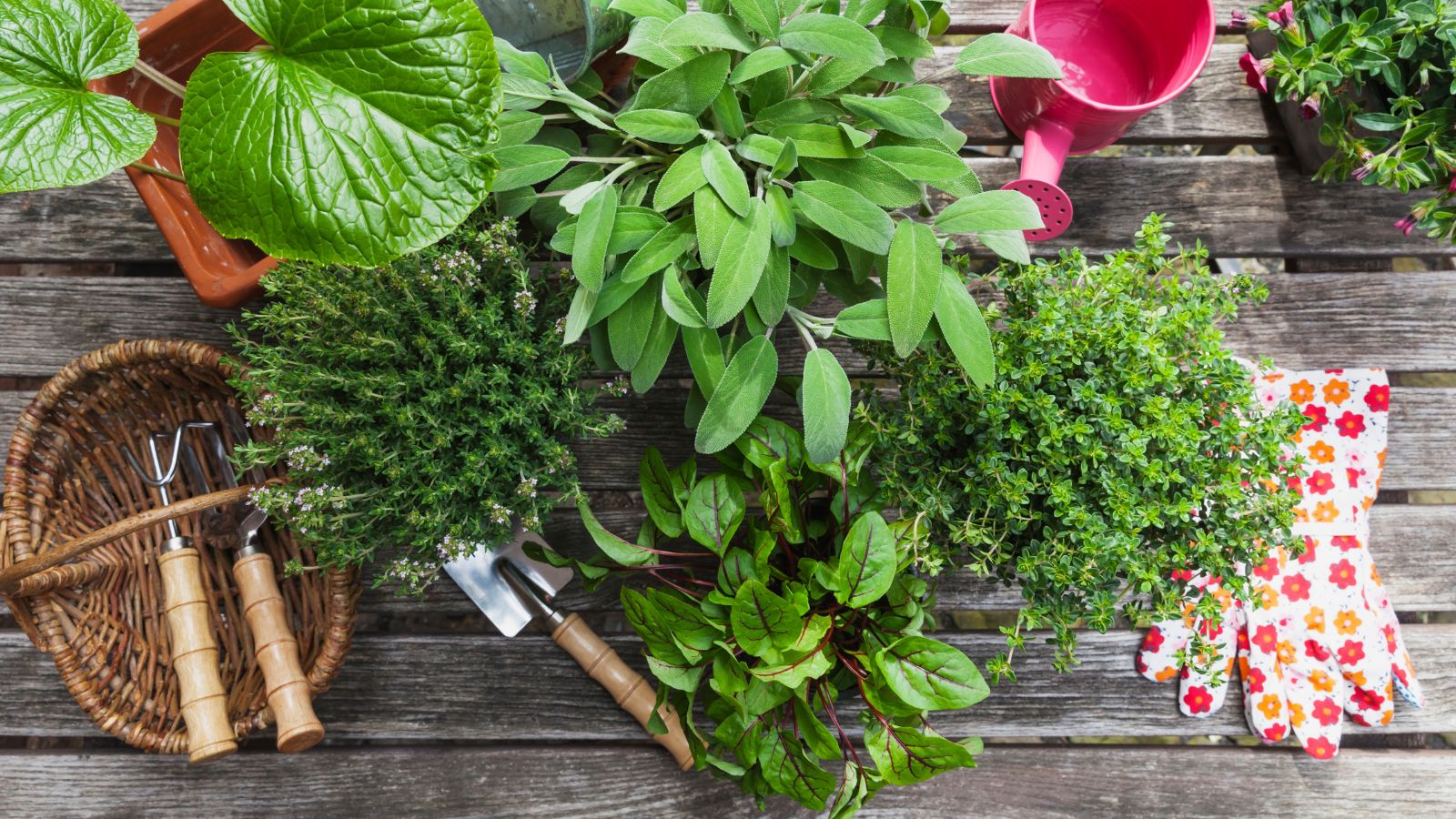 What is your birth month herb? Discover the symbolic meaning behind yours
What is your birth month herb? Discover the symbolic meaning behind yoursHerbs offer symbolic wisdom, and play to the natural rhythms of the season
By Lola Houlton
